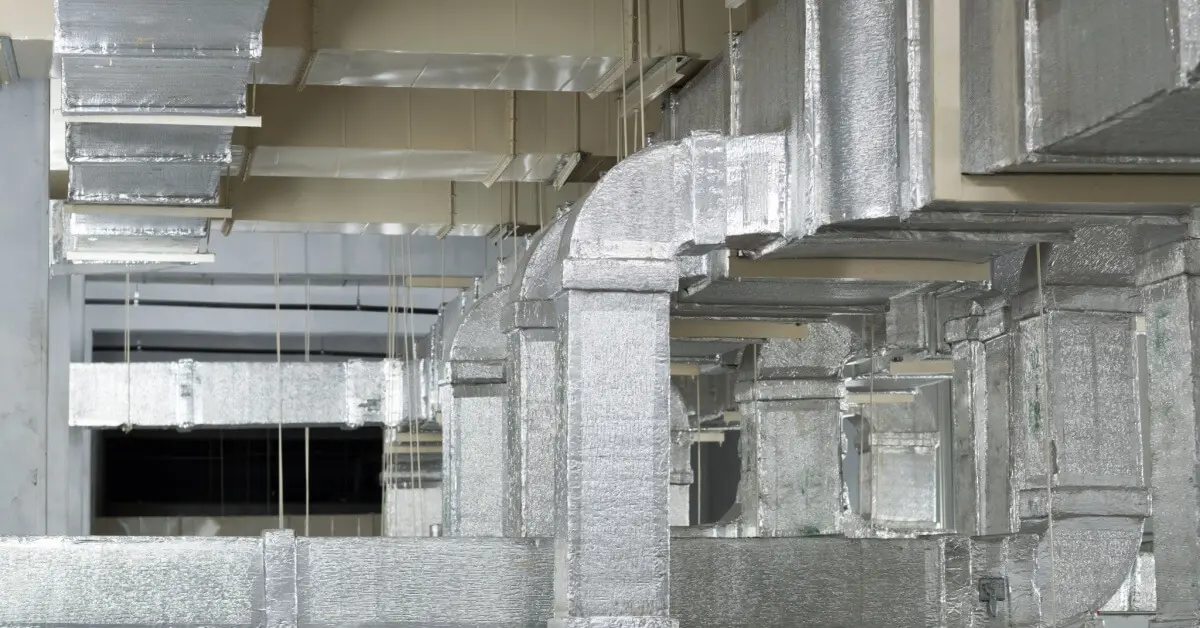Maintaining the ideal humidity and temperature is crucial for keeping produce fresh in storage. Humidity controlled rooms help achieve this, with a space lined with insulated panels and fitted with refrigeration equipment, heaters and humidifiers to maintain a selected humidity.
At Cold-Rite, we build and configure humidity controlled rooms in New South Wales, helping businesses maintain any given temperature to enable maximum control over keeping produce fresh. Below, we look at the benefits
Finding the Right Humidity for Produce
Most refrigerators operate with humidity levels of approximately 60 to 70% while the ideal humidity level for storing vegetables is often around 85 to 95% (even higher in some cases). At home, we use the crisper in our refrigerator or keep produce in plastic bags to prevent moisture loss from the low humidity and prevent early degradation.
Commercial cold room humidity control aims to perfectly time and balance the moisture content of produce stored to ensure freshness and moisture content is maintained while preventing condensation. The appropriate humidity controlled storage solution depends on the local climate, required storage time and the particular crop being stored.
Specifying Humidity for Each Application
Humidity can be adjusted by increasing or decreasing airflow into the storage space. Less airflow means higher humidity. In general, vegetables prefer high humidity while fruits need low humidity. Leafy greens like spinach and lettuce tend to need higher humidity and cool conditions. Apples, grapes, capsicum and other thin-skinned fruits and vegetables prefer slightly less humid conditions while citrus fruits need even less moisture.
Humidity also needs to be balanced with temperature. For example, tomatoes lose flavour and become soft when kept too cold while bananas will stop ripening and their skin turns black. Meanwhile specialised food industries such as cheese curing, mushroom growing, bakeries and tea production each require their own particular humidification and temperature control approaches to produce quality products.
Example of Approaching Humidity Controlled Storage
When salad vegetables are harvested, they will be whatever temperature it is that day. As a summer crop, this can typically be above 20°C in New South Wales. To reach the customer fresh, the crop needs to be cooled fairly quickly to between 2 and 4°C. This can damage the crop by removing too much moisture. Cold room humidity control can counter this by adding moisture, however, this must be timed to prevent damage and ensure proper absorption.
In this case, humidification is timed to operate when the cooling is off, so the crop can absorb moisture from the air while ensuring there is residual vapor to prevent dryness during the next cooling cycle. A typical cycle involves 15 minutes of chilling followed by 5 minutes of fogging and repeated until the crop is down to the desired temperature.
Custom Humidity Controlled Rooms in NSW
At Cold-Rite, our team of refrigeration technicians can design, install, maintain and service the ideal humidity controlled room for your business operations, whether you are running a small laboratory testing room or a massive vegetable storage facility.



